有关近年美国风景园林专业本科五年制变四年制的教改工作
著:(美)李明翰(美)奈徳·克伦肖(美)布莱德·戴维斯(美)金姆·道格拉斯(美)罗伯特·休伊特(美)克里斯多佛·普理查德译:杨阳
有关近年美国风景园林专业本科五年制变四年制的教改工作
著:(美)李明翰(美)奈徳·克伦肖(美)布莱德·戴维斯(美)金姆·道格拉斯(美)罗伯特·休伊特(美)克里斯多佛·普理查德译:杨阳
本文概述了5个美国风景园林学位从5年改革为4年在专业课程安排、大学核心通识课程要求、实习要求等方面的情况。这场教育改革工作的最主要的原因多数来自大学内部教务行政单位的要求。该要求源于大学所在州的命令,都要求一个本科学位必须在4年内完成120个学分。其次,这场变革还要归根于2008—2009年的全球金融风暴,其触发了对高等教育在责任和效率方面提出更高的要求。虽然有些大学可以为继续实施五年制本科课程寻求免责,但是目前的五年制学位自身也正面临着很大的挑战,尤其在招生方面。文章内容还包含了美国风景园林学科认证委员会关于该教改的一些观点。最后,笔者们就风景园林本科学位应该在多长时间内完成提出观点。
风景园林;风景园林教育;学制;学科认证;风景园林本科学位
(美)李明翰/1968年生/男/博士/教授,博士生导师/美国德州农工大学建筑学院风景园林与城市规划系副主任/2015—2016风景园林教育委员会主席/美国注册风景园林师/美国注册土木工程师
Authors:
Dr. Ming-Han LI is a professor and the associate head in the Department of Landscape Architecture and Urban Planning at Texas A&M University. He was President of the Council of Educators in Landscape Architecture from 2015-2016. Dr. LI is a Professional Engineer and licensed Landscape Architect in Texas, USA.
1 背景
近几年,美国高校中的一些风景园林本科项目将其本科文凭的完成时间从5年缩短至4年[1]。这些教改工作主要来自于学校内部高层管理部门的压力[2]。这种压力又来自这些教改工作所在州的一项强制要求,即一个大学学位需要在4年内完成120个学分。这场变革的触发可归根于2008—2009年的全球金融风暴,引发对高等教育在责任和效率上的更高要求。加之五年制大学学位所需要的额外学费,也遏制了家长让孩子选择学习风景园林专业。因此,经济低迷导致了招生数量的减少,一些大学招生数额尚未完全恢复。为了应对该问题,一些风景园林联合组织正共同协作,包括美国风景园林师协会(American Society of Landscape Architects,简称ASLA)、风景园林教育委员会(Council of Educators in Landscape Architecture,简称CELA)、风景园林基金会(Landscape Architecture Foundation,简称LAF),以期通过加强公众对本专业的了解促进招生。例如,在2014年,ASLA特为招生创建了一个名为“通往风景园林之路(Your Path to Landscape Architecture)” 的新网站[3]。
根据风景园林学科认证委员会(Landscape Architectural Accreditation Board)的数据,2016年,美国总共有44个被认证的本科专业学位,其中的25个属于四年制学位,19个属于五年制学位。在2013—2015年的过去3年中,有5个学位进行了从五年制向四年制的转变,其中的1个发生在2013年,2个在2014年,另外2个在2015年。没有一个是从四年制向五年制转变的。这场变革似乎还将继续,正如风景园林教育委员会2016年年会上一个相关小组讨论的议题,该小组讨论的题目为“4年还是5年?美国几个风景园林本科学位从五年制到四年制转变的最新动向讨论(Four Years Or Five Years? Discussions on the Recent Movement of Several Undergraduate Landscape Architecture Programs from Five to Four Years in the United States)[2]”。
本文将概述5个美国高校的风景园林学位在专业课程安排(必修和选修)、大学核心通识课程要求、实习要求、海外课程学习等方面的改革结果。这5所大学分别是德州农工大学(Texas A&M University)、佐治亚大学(University of Georgia)、肯塔基大学(University of Kentucky)费城大学(Philadelphia University)和克莱姆森大学(Clemson University)。文章主要介绍这些教改工作的共同点和区别,同时,笔者们还将就风景园林本科学位应该在多长时间内完成的问题提出观点。
(美)奈徳·克伦肖/男/教授/美国肯塔基大学风景园林系主任
(USA)Ned CRANKSHAW is a professor and chair of the Department of Landscape Architecture at the University of Kentucky.
(美)布莱德·戴维斯/男/ 副教授/美国佐治亚大学环境与设计学院风景园林本科负责人
(USA)Brad E. DAVIS is an associate professor and BLA program coordinator of the College of Environment and Design at the University of Georgia.
(美)金姆·道格拉斯/女/ 副教授/美国费城大学风景园林本科主任
(USA)Kim DOUGLAS is an associate professor and landscape architecture program director at Philadelphia University.
2 近期四年制改革项目的概述
2.1 德州农工大学
德州农工大学的风景园林本科学位在2015年从五年制向四年制转变。这个变革主要源于:1)德州议会要求大学学位需在4年内完成120个学分;2)大学内部行政管理的要求。在变革之前,德州农工大学的风景园林本科是该校148个本科学位中仅有的五年制学位。该校的内部行政管理部门最终要求风景园林本科缩短学位完成时间(表1)。需指出的是该学位原来的8个设计类课程在改革前后均保持不变。该变革使得新生在第一学期就开始接触设计的课程,其中最明显的不同点在于学分从148减少至128,另一个主要区别在于选修课学分的减少(包括自由选修课和规定选修课)。
2.2 佐治亚大学
佐治亚大学的风景园林本科学位也是在2015年开始从五年制变成四年制,并且同德州农工大学具有相似的原因:财政和议会的压力。此外,佐治亚州提供的一个奖学金计划,仅资助最多127个学分,这些学分通常需在4年内完成。该校的风景园林本科学位教改同样允许新生在第一学期开始设计课程。为了实施这项变革,他们将大学核心通识课程分散到整个4年期间,而不是如之前的学程主要集中在第一年。其采取的另一个有效的策略是将9个学分的风景园林专业课程变成大学核心通识课程的一部分。同德州农工大学一样,佐治亚保留了所有8个设计课程,但是减少了这些课程的学时学分以适应新课程(表2)。虽然处于初始阶段,佐治亚大学在教改实施后已经取得了积极的成果,如增长的招生率、更多的内部调动、更多的夏季课程需求、新的选修课程、较高的学生留在本系和较低的转系率。
2.3 肯塔基大学
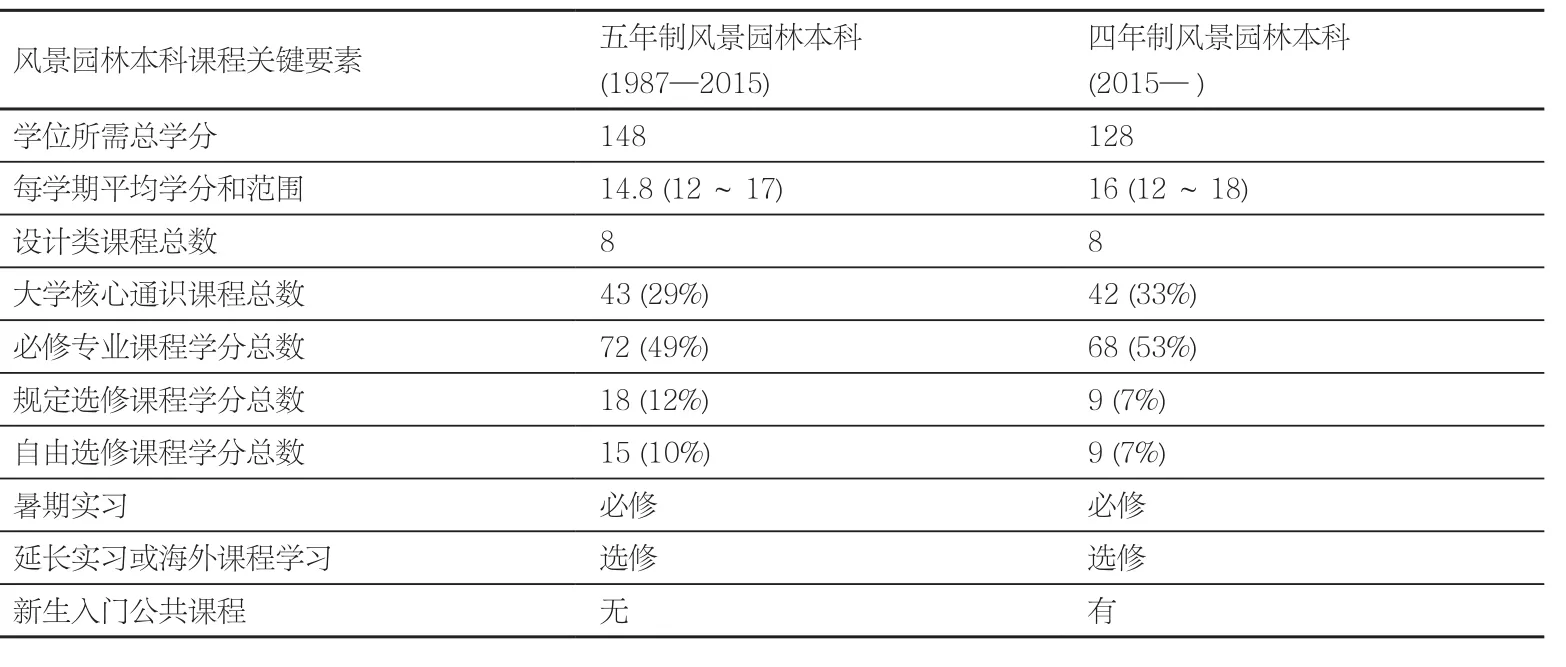
表1 德州农工大学的变革概要Tab. 1 Summary of Texas A&M University's change
肯塔基大学的风景园林本科项目在2014年进行了自主式变革,而非来自本州和学校方面的压力。项目管理部门作出此变革以减少学生的投入时间,降低学费,和加强招生优势。其中推动该变革的一个因素是该学校在2011年将大学核心通识课程的学分从45分减少为30分(表3)。两个最主要的变化是,其设计课程从原来的8学分减至7学分;实习和海外课程学习成为了必修课程。尽管减少了设计课程学时,新生仍将在第一学年就开始接触风景园林专业课程教授(第二学期)。 2.4 费城大学
费城大学是本文介绍的5个学校中唯一的私立院校,其风景园林本科学位是在2013年转变为四年制。其变革主要归因于全球经济下滑和地区竞争。他们制定这项变革的同时,还提出了“4+1”的双学位项目:一个是与地理设计;另一个是与施工管理。4+1双学位项目意味着学生可以在5年内取得风景园林本科学位和硕士学位。基于其备受欢迎的硕士项目,费城大学能够与宾夕法尼亚大学和坦普尔大学,以及来自巴尔的摩和纽约的其他大学竞争,吸引该地区的生源(表4)。除了创建了4+1项目的重要转变,他们还将设计课程的数目从10门课减少为8门课。
2.5 克莱姆森大学
同样基于经济方面的原因,克莱姆森大学的风景园林学位在2014年从五年制变为四年制(表5)。除了毕业时间,其学位变革后的另一个主要差别在于选修学分的减少(自由选修课和规定选修课)。
2.6 5个学位的比较

表2 佐治亚大学的变革概要Tab. 2 Summary of University of Georgia's change

表3 肯塔基大学的变革概要Tab. 3 Summary of University of Kentucky's change
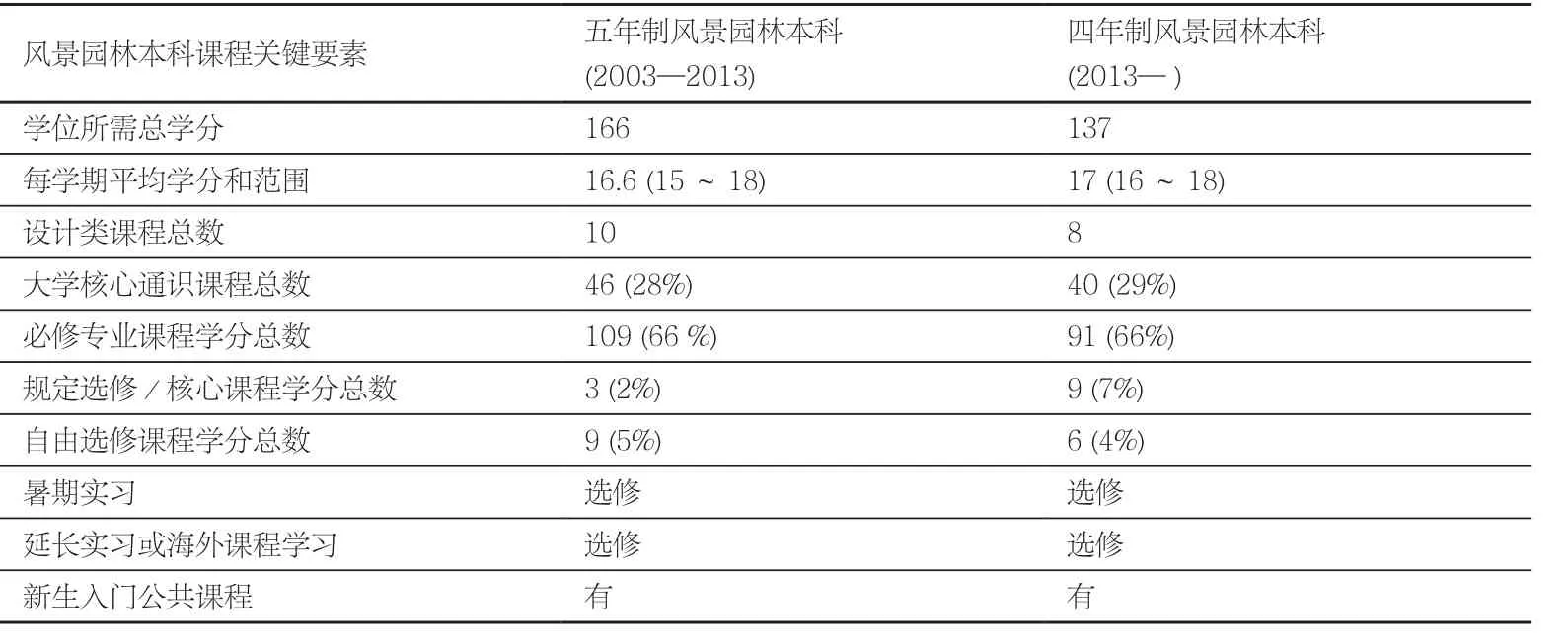
表4 费城大学的变革概要Tab. 4 Summary of Philadelphia University's change
(美)罗伯特·休伊特/男/副教授/美国克莱姆斯大学规划与风景园林系
(USA)Robert R. HEWITT is an associate professor in the Department of Planning and Landscape Architecture at Clemson University.
(美)克里斯多佛·普理查德/男/美国风景园林认证委员会负责人
(USA)Kristopher PRITCHARD is the Accreditation & Education Programs Manager of the Landscape Architectural Accreditation Board.
译者简介:
杨阳/1987年生/女/湖南人/华南理工大学建筑学院、亚热带建筑科学国家重点实验室在读博士研究生/美国德州农工大学建筑学院联合培养博士(广州 510640)
近期从五年制变为四年制的5个专业点变革的概况详见表6。虽然所有这些专业点都要求在4年内完成学位,但是各学位要求的课程总学分主要在120~137学分之间有所差异。这些学位变革之后的主要优点和缺点如下文所列。
变革中的优点和收益:1)缩短毕业时间;从而减少学生花费;2)提早与新生接触;3)增强同其他专业竞争生源的能力。
变革中的缺点和损失:1)每学期的课程负荷略有增加,但是不是每一所学校都如此;2)减少了选修课学分,但不是每一所学校都如此。
一般性结论归纳如下:1)5个专业点中的3个保留了设计课程数量不变,2个减少了设计课程的数量;2)5个专业点中的4个依然设置了暑期或整个学期的实习必修课程,只有费城大学的暑期实习依旧维持选修。3)每个高校设置的大学核心通识课程均占总学分的30%左右。如果这些学位在政策上能够将其课程(专业课程)变成大学核心通识课程,那么四年制风景园林本科课程的设置将更加容易实现。

表5 克莱姆森大学的变革概要Tab. 5 Summary of Clemson University's change

表6 5个教改项目的概要Tab. 6 Summary of transition by the five programs
3 讨论
2008—2009 年的全球经济危机触发了美国风景园林本科教育项目的毕业时间从5年缩减为4年。经济危机之后带来了全国范围内严峻的本科低招生率,从而引发了这场本科教育的变革运动。该运动的另一个目的则是为了满足州内的要求,使风景园林教育变得更负担得起,反过来亦可帮助风景园林提升自身对其他专业的竞争力。在实施这场变革的同时,2016年由美国风景园林认证委员会认证的44个高校的专业点中仍有19个保持五年制。这场教改背后也伴随着一些问题。对大部分管理者而言,最直接的问题是“缩短毕业时间是否会影响学位认证”。风景园林学科认证委员会的回答是否定的。根据风景园林学科认证委员会发布的最新认证标准[4],风景园林专业本科学位必须是不少于4年的学士学位。只要学时不少于4年,如此都可以申请获得认证。此外,影响学位认证的另一个因素是,学生是否能够在该大学学习其他学科的课程。其他学科可以包括人文、艺术、技术、数学、自然科学、社会科学等。因此,尽管学位的完成时间从5年缩短为4年,学生还是应该接触其他通识性教育,不能局限于专业课程。
作为教育者,我们需要关注的重要问题是,风景园林的学生应该学些什么?在大学里我们应该传授些什么?以及多少年才足以获得该学位?由于前两个问题话题过大,已经超出本文讨论的范畴,笔者们在此就最后一个问题分享共同观点:完成风景园林学位需要多少年。笔者们以德州农工大学为例作说明。如前文所述,德州农工大学风景园林本科学位曾经是该校148个本科中唯一的五年制学位。德州农工大学属于美国大型高校,拥有10个以上的学院数量,超过60 000的学生规模。该校148个本科学位基本上包含任何能想到的学科或专业。如果培养一名风景园林毕业生比其他专业需要多出1/5的时间,那么风景园林学如何在残酷的社会竞争中生存?为此,我们应该明智地作出决定。
Translator:
Yang YANG, Ph.D. Candidate, South China University of Technology, State Key Laboratory of Subtropical Building Science China, Visiting Scholar in Texas A&M University, USA (Guangzhou 510640).
[1] Williams, K. Five fourths, four fifths: the pressure is on for five-year bachelor of landscape architecture programs to become four-year programs.[J]Landscape Architecture Magazine,2015,(9):108-110.
[2] Li, M-H., Davis B., Crankshaw N., et al. Four years or fives? Discussions on the recent movement of several undergraduate landscape architecture programs from five to four years in the United States.[C]//Dilemma: Debate. CELA 2016, the Council of Educators in Landscape Architecture annual meeting in Salt Lake City, UT, 2016:101.
[3] ASLA, 2016. Your Path to Landscape Architecture. American Society of Landscape Architects, Washington DC. https://www.asla.org/yourpath. Accessed on December 28, 2016.
[4] LAAB, 2016. Accreditation Standards for First-Professional Programs in Landscape Architecture. Landscape Architectural Accreditation Board, Washington DC, 18.
(编辑/刘昱霏)
1 Background
Several landscape architecture undergraduate programs in the United States shortened the time to completing a bachelor’s degree from five to four years in recent years[1]. Most programs made this transition mainly because of the pressure from their higher administration in most universities[2]. Such pressure came from a mandate in most programs’ respective state, where a college degree shall be completed in four years at 120 credit hours. The trigger of such movement can be attributed to the 2008-2009 global economic downturn that resulted in the demand for greater accountability and efficiency on higher education. Additional tuition cost for a college degree that needs five years to complete further deters parents to send their children to pursue landscape architecture. As a result, decreased enrollment has occurred since the economic downturn and several programs have not fully recovered yet. To address this issue, allied landscape architecture organizations, including American Society of Landscape Architects (ASLA), Council of Educators in Landscape Architecture (CELA) and Landscape Architecture Foundation, have been collaborating to increase the awareness of the general public on the profession and help recruit students. For example, ASLA launched a new web page named “Your Path to Landscape Architecture” specifically for student recruitment in 2014[3].
According to the Landscape Architectural Accreditation Board (LAAB), there were 44 accredited undergraduate programs in the US in 2016. Among the 44 programs, 25 were four years while 19 were five years. Within the past three years from 2013 to 2015, five programs transitioned from five to four years, in which one happened in 2013, two in 2014 and another two in 2015, respectively. No program moved from four to five years. This trend may continue based on the discussion from the panel entitled “Four Years Or Five Years? Discussions on the Recent Movement of Several Undergraduate Landscape Architecture Programs from Five to Four Years in the United States” at the 2016 CELA Annual Conference2.
This paper provides an overview of five US landscape architecture programs’ transition results in terms of curriculum arrangement for the major (required and elective), university core curriculum requirement, internship requirement, study abroad option, etc. The five universities were Clemson University, Philadelphia University, Texas A&M University, University of Georgia and University of Kentucky. Differences and similarities of all programs were presented. The authors also share their view on how long should it be for completing an undergraduate degree in landscape architecture.
2 Overview of Recent Programs Transitioning to Four Years
2.1 Texas A&M University
Texas A&M University’s BLA program changed from five to four years in 2015. The move was primarily because of (1) Texas state legislature that requires college degrees to be completed in four years and at 120 credit hours, and (2) university administration’s demand. Prior to the change, the BLA program at Texas A&M University was the only five year degree program out of the university’s 148 undergraduate programs. The university’s higher administrationfinally pushed the BLA program administrators to reduce time to complete the degree.The before and after comparison is presented in Table 1. Note that all original eight design studio courses remain before and after the change. The change also enables freshman students to start the studio course in the first semester.The obvious difference is the reduction of credit hours from 148 to 128. Another major difference is the reduced credit hours for electives (open and directed ones).
2.2 University of Georgia
University of Georgia's BLA program also changed from five to four years in 2015 for the similar reason as Texas A&M University: financing and legislature pressure. In addition, the state of Georgia has a scholarship program that only funds up to 127 credit hours which are expected to be completed in four years under normal circumstances. The change allows their freshman students to start the studio course in the first semester as well. To make the change, they spread university core courses throughout the entire four years rather than primarily only the first year as before. Another effective strategy was that they applied 9 credit hours of landscape architecture courses to become part of their university core curriculum. Like Texas A&M University, Georgia kept all eight design studio courses but reduced their credit hours to fit the new curriculum. The before and after comparison is presented in Table 2. Although preliminary, University of Georgia has seen positive outcomes after the transition, including increasing enrollment, higher number of internal transfers, greater demand for summer courses, new electives, higher retention and lower attrition rate.
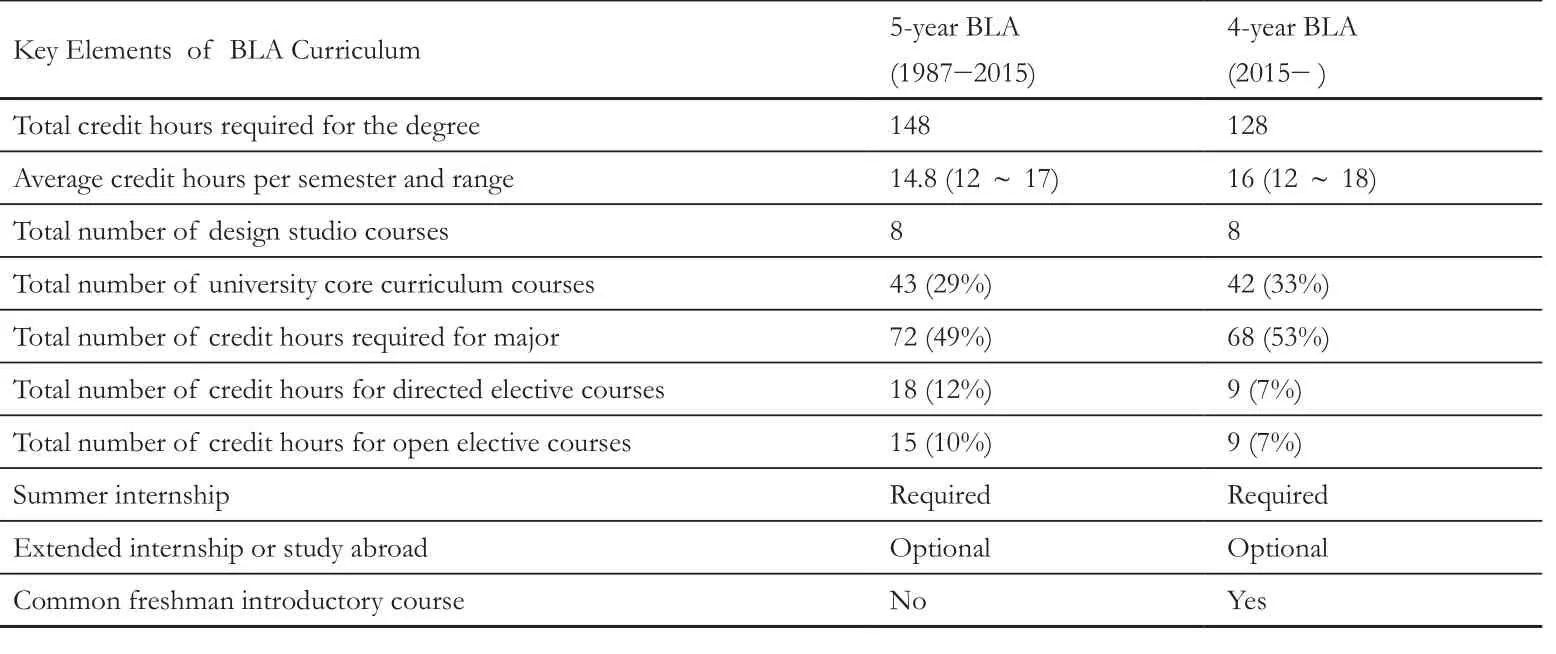
Tab. 1 Summary of Texas A&M University's change
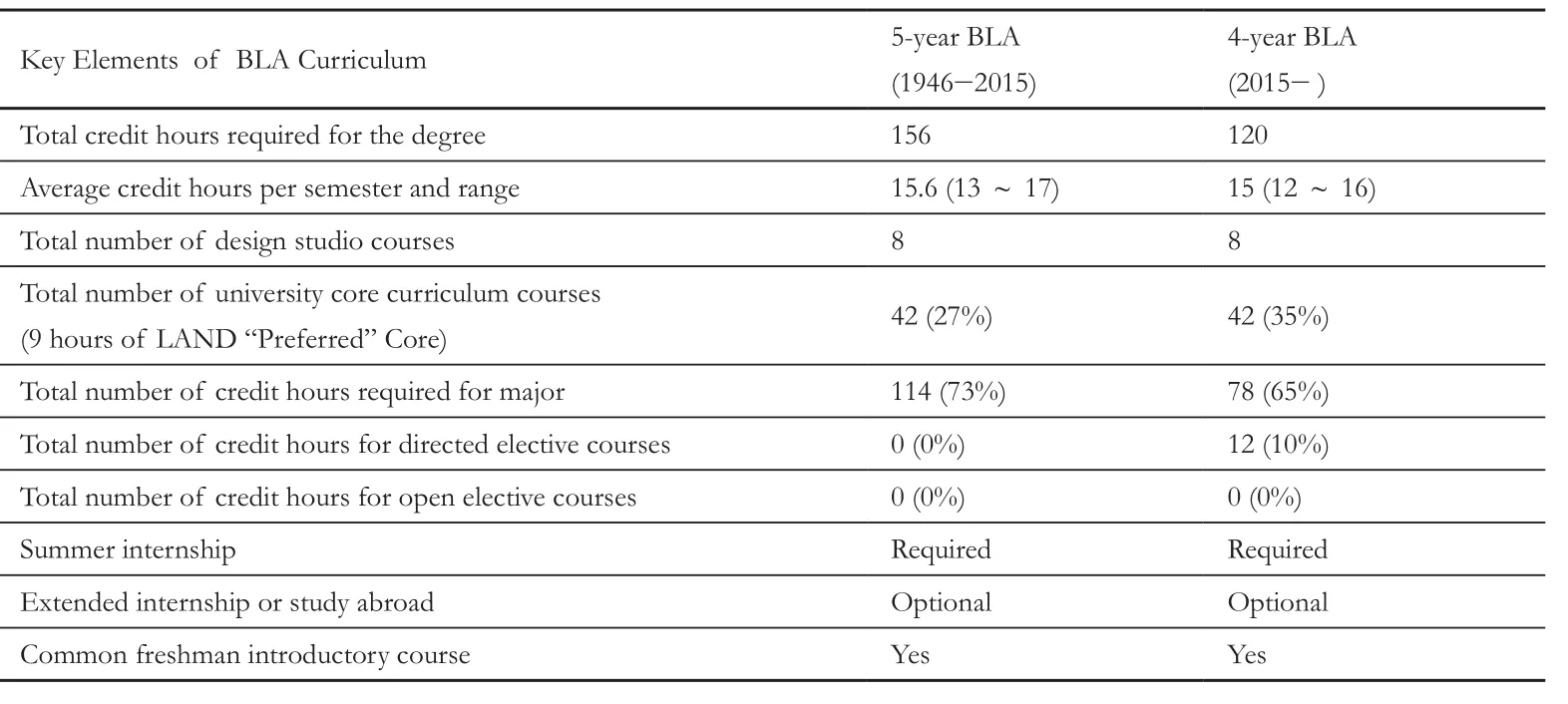
Tab. 2 Summary of University of Georgia's change
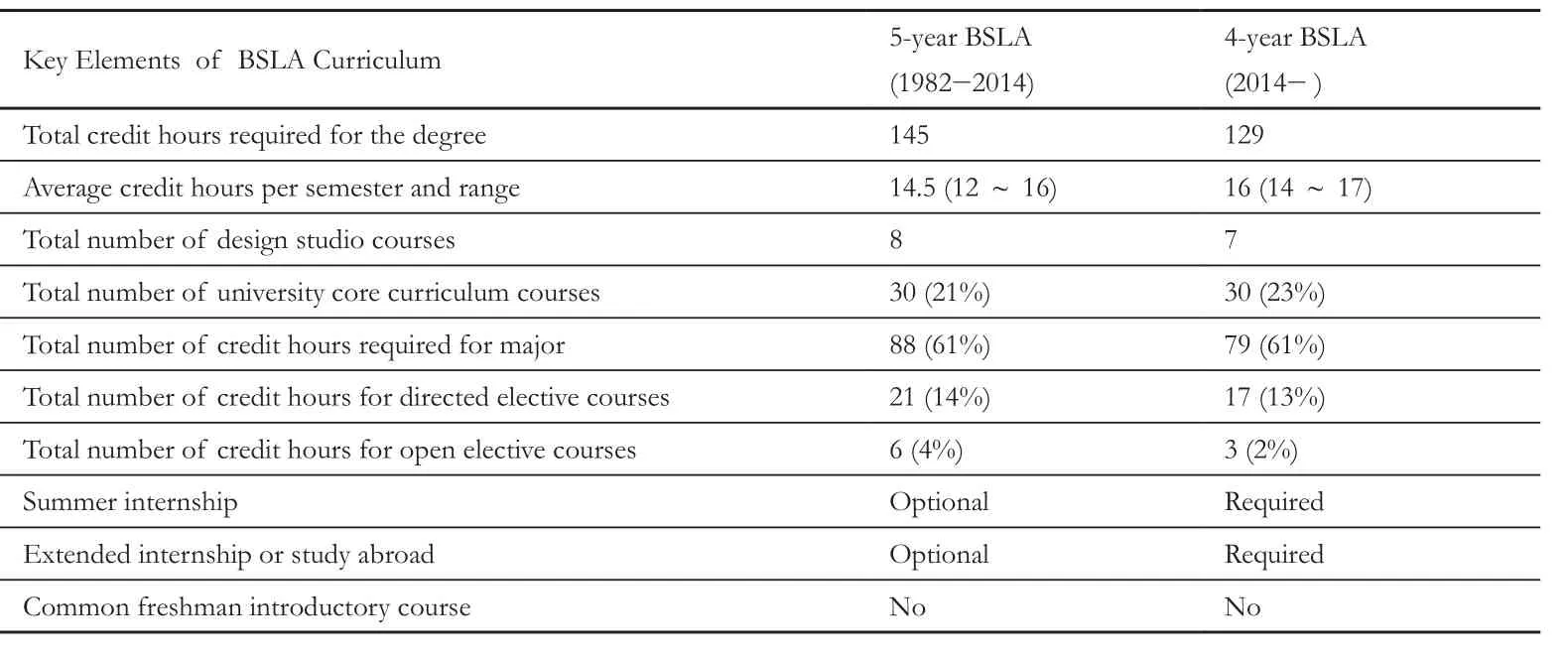
Tab. 3 Summary of University of Kentucky's change
2.3 University of Kentucky
The BSLA program at the University of Kentucky was self-motivated to make the change in 2014. There was no pressure coming from the state or the university. The program administration made this change to reduce time commitment for the students, lower the tuition and enhance recruiting advantage. One factor that made this change easier was because the university lowered its university core curriculum from 45 credit hours to 30 in 2011. The before and after comparison is presented in Table 3. Two main changes are that its design studio courses were reduced from 8 to 7; and internship and study abroad became required. Despite the reduction of design studio course number, freshman students began to be in contact with the landscape architecture faculty in the first year (on the second semester).
2.4 Philadelphia University
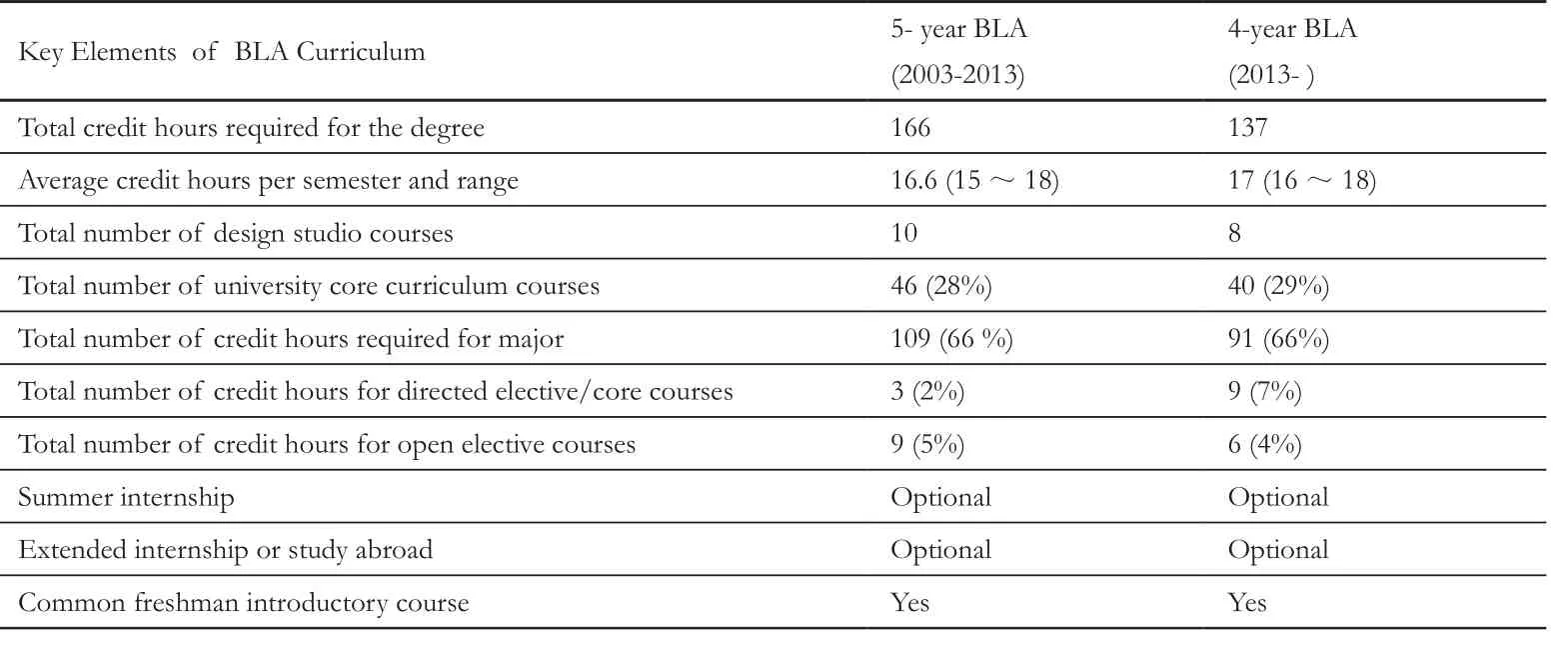
Tab. 4 Summary of Philadelphia University's change
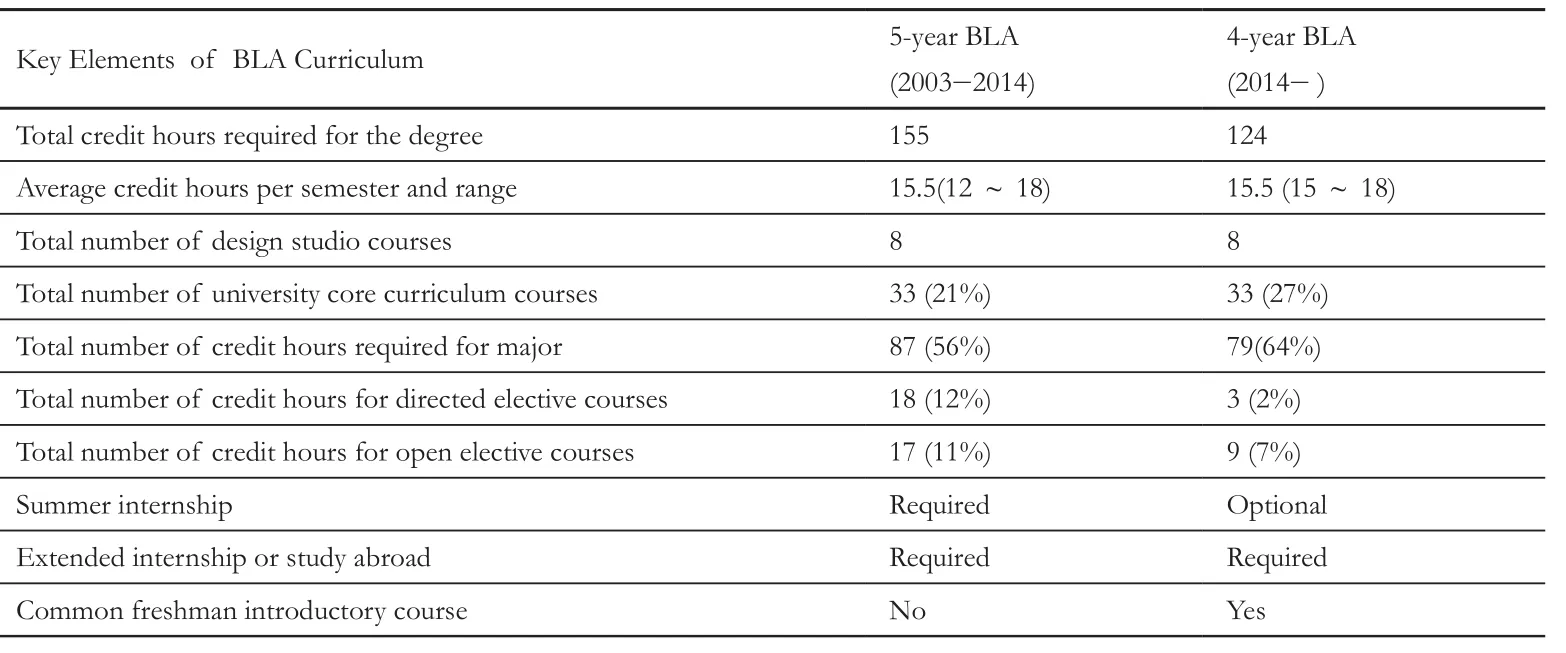
Tab.5 Summary of Clemson University's change

Tab. 6 Summary of transition by the five programs
PPhiladelphia University is the only private institution among the five programs included in this paper and its BLA program shifted to a fouryear one in 2013. The program made the transition primarily because of the global economic downturn and competition in the region. When they made the transition, they also created “4+1” dual-degree programs: one with geodesign; the other with construction management. The 4+1 dual-degree programs mean that students can earn both the BLA and the master’s degree in a total of five years. Because of the popular master’s programs, Philadelphia University has been able to attract students from the region that have competitors such as University of Pennsylvania and Temple University, plus others in Baltimore and New York. The before and after comparison is presented inTable 4. In addition to the major change by creating 4+1 programs, they reduced design studio courses from 10 to 8.
2.5 Clemson University
Clemson University's BLA program changed from five to four years in 2014 also for the reason of economy. The before and after comparison is presented in Table 5. In addition to the time to graduation, another major difference is the reduced credit hours for electives (open and directed ones).
2.6 Comparison of Five Programs
Summary of the five programs that changed from five to four years recently is presented in Table 6. Although all programs can be completed in four years, their required total credit hours vary from 120 to 137. Major advantages and disadvantages are listed below.
Advantages or gains from the transition: 1) Reduced time to graduation; therefore reduced cost to students; 2)Early engagement with the freshman students 3)Enhanced competitiveness against other majors in recruiting.
Disadvantages or losses from the transition:1) Slightly increased course load per semester but not a consistent outcome; 2)Reduced credit hours for electives but not a consistent outcome.
There are also general observations summarized below. 1)Three out of five programs are able to keep their design studio courses. 2)Four out of five programs still have required internship either during summer or long semester.3)Each university requires approximately 30%± of the total credit hours for university core curriculum. If a program can strategically make some of its program courses the university core, delivering a four-year BLA curriculum will become much easier.
3 Discussion
The 2008-2009 global economic crisis triggered some undergraduate landscape architecture programs in the US to reduce time to graduation from five to four years. Such movement resulted from severe nationwide low enrollment in undergraduate programs after the crisis. The intent was also to make landscape architecture education more affordable as many states mandate, which in turns makes landscape architecture more competitive against other majors. Despite the recent movement, 19 out of 44 LAAB accredited programs were still five years’ as of 2016. Several questions arise from this phenomenon. The immediate one for most administrators is “Will accreditation be affected if time to graduation is reduced?” The answer according to LAAB is No. In LAAB's (2016) latest accreditation standards4, an undergraduate first-professional landscape architecture program must be a baccalaureate program of at least four academic years' duration. As long as a program is at least four years in duration, it can achieve accreditation. Another factor that could affect accreditation is whether students are able to pursue coursework in other disciplines in accordance with institutional and program requirements. Other disciplines include humanities, arts, technologies, mathematics, natural sciences, social sciences, and so on. Therefore, even if a degree program’s duration is shortened from five to four years, students should continue to be exposed to other general education and cannot be confined within professional subjects.
An important question we as educators shall ask ourselves is what students should learn about landscape architecture? What should we deliver in college and how many years would be enough to earn the degree? As the first and second questions are too big to address and are beyond the scope of this paper, the authors chose to share their common view on the last question: how many years to complete a landscape architecture degree will be sufficient. The authors used Texas A&M University as an example. As aforementioned, the BLA program at Texas A&M University was the only five year degree program out of 148 undergraduate majors in the university. Note that Texas A&M University is one of the largest universities in the US, with a student population of more than 60,000 and more than ten colleges. One can probably find any possible majors or disciplines from those 148 choices at Texas A&M University. If producing a landscape architecture college graduate takes 20% more time than any other majors, how can landscape architecture exist in a society, especially one that is becoming piercingly competitive? We ought to make our decisions wisely.
Recent Transition of Several Landscape Architecture Undergraduate Programs from Five to Four Years in the United States
Authors: (USA)Ming-Han Li, (USA)Ned Crankshaw, (USA)Brad Davis, (USA)Kim Douglas, (USA)Robert Hewitt, (USA)Kristopher Pritchard Translator: YANG Yang
This paper provides an overview of five US landscape architecture programs’ transition from five to four years to graduation in terms of curriculum arrangement for the major, university core curriculum requirement, internship requirement, etc. This curriculum change was mainly due to the demand from the higher administration in most universities. Such demand came from a mandate in most programs’ respective state, that is, a college degree is supposed to be completed in four years at 120 credit hours. This movement can be attributed to the 2008-2009 global economic downturn that triggered the demand for greater accountability and efficiency on higher education. Although exemption can be sought to continue a five-year undergraduate curriculum, current five-year programs are facing greater challenges specifically on student recruitment. The paper also includes Accreditation Board’s perspectives regarding the transition. Lastly, the authors share their view on how long should it be for completing an undergraduate degree in landscape architecture.
landscape architecture; landscape architecture education; curriculum; accreditation; bachelor of landscape architecture
TU986
A
1673-1530(2017)03-0115-08
10.14085/j.fjyl.2017.03.0115.08
2016-12-16
修回日期:2017-01-23

